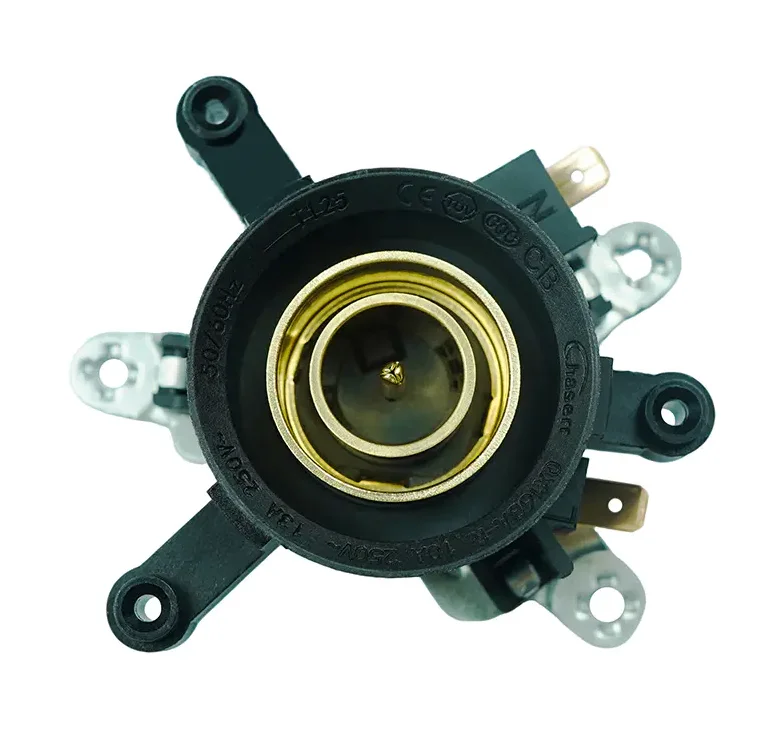The Importance of Dry-Boil Protection
Anti-drying or dry-boil incidents in electric kettles pose both safety and durability concerns. Without a proper thermostat, heating elements can overheat when water levels are too low or absent, potentially damaging the kettle or creating fire risks. Anti-Drying Kettle Thermostat devices are designed to detect such conditions and automatically cut off power, ensuring user safety and extending appliance life. Evaluating their effectiveness requires understanding both their design principles and real-world performance.
Mechanism of Dry-Boil Prevention
The core function of an Anti-Drying Kettle Thermostat is to monitor water presence and temperature. When the water level drops below a safe threshold or reaches a critical temperature, the thermostat interrupts the electrical circuit to stop further heating. High-quality thermostats integrate precise temperature sensors and responsive switches to detect rapid changes, enabling almost instantaneous cut-off. This prevents the heating element from operating without water, which is the root cause of dry-boil hazards.
Real-World Performance
In practical use, the effectiveness of these thermostats depends on sensor accuracy and response time. Well-designed Anti-Drying Kettle Thermostat units consistently prevent overheating, even during rapid boil cycles or repeated switching. Kettles equipped with such thermostats have shown a significantly lower risk of element damage or accidental dry-boil events compared to units lacking anti-dry features. Additionally, some thermostats include backup thermal fuses to provide a secondary layer of protection in extreme scenarios.
Design Features Enhancing Safety
Manufacturers implement several strategies to ensure reliability. These include corrosion-resistant sensor materials, protective coatings, and precise placement near the heating element. Some designs incorporate fail-safe mechanisms that trigger even if the primary sensor malfunctions. These design enhancements collectively increase confidence that the thermostat will perform effectively under varied usage patterns and water conditions.
Limitations and Maintenance Considerations
Although highly effective, anti-drying thermostats are not entirely maintenance-free. Scale buildup from hard water or debris around the sensor can reduce sensitivity, potentially delaying the cut-off. Regular cleaning and descaling are recommended to maintain optimal performance. Users should also ensure that the kettle is not operated empty repeatedly, as excessive dry operation may compromise long-term reliability.
Reliable Prevention With Proper Design
In conclusion, Anti-Drying Kettle Thermostat devices are generally effective at preventing dry-boil incidents. When properly designed, installed, and maintained, they detect water absence and temperature anomalies promptly, cutting off power to protect both the kettle and the user. Their integration into modern electric kettles represents a significant safety improvement, balancing convenience, durability, and peace of mind for daily use.
Rated Voltage:250V
Rated Current:10A/13A
Rated Frequency:50Hz/60Hz
Operating Life:≥10,000 cycles
Contact Resistance:≤50mΩ
Insulation Resistance:≥100MΩ (DC500V/1s)
Max.Ambient Temperature 125℃
Control Temperature: Operating temperature 70±5℃
Protection temperature 130±5℃
Withstand Voltage: A C2500V 1minute
Dry Burning Protection Self-reset
Safety Approvals: CQC, TUV CE, CB CCC





